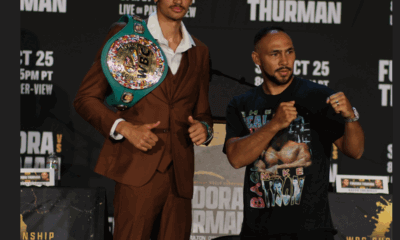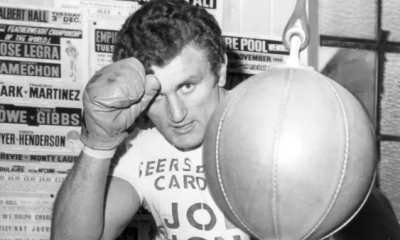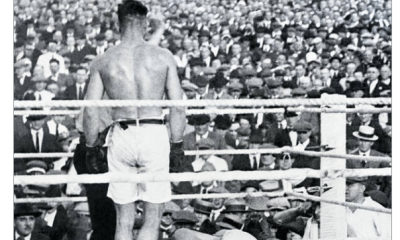Featured Articles
Filip Hrgovic is the TSS 2018 Prospect of the Year
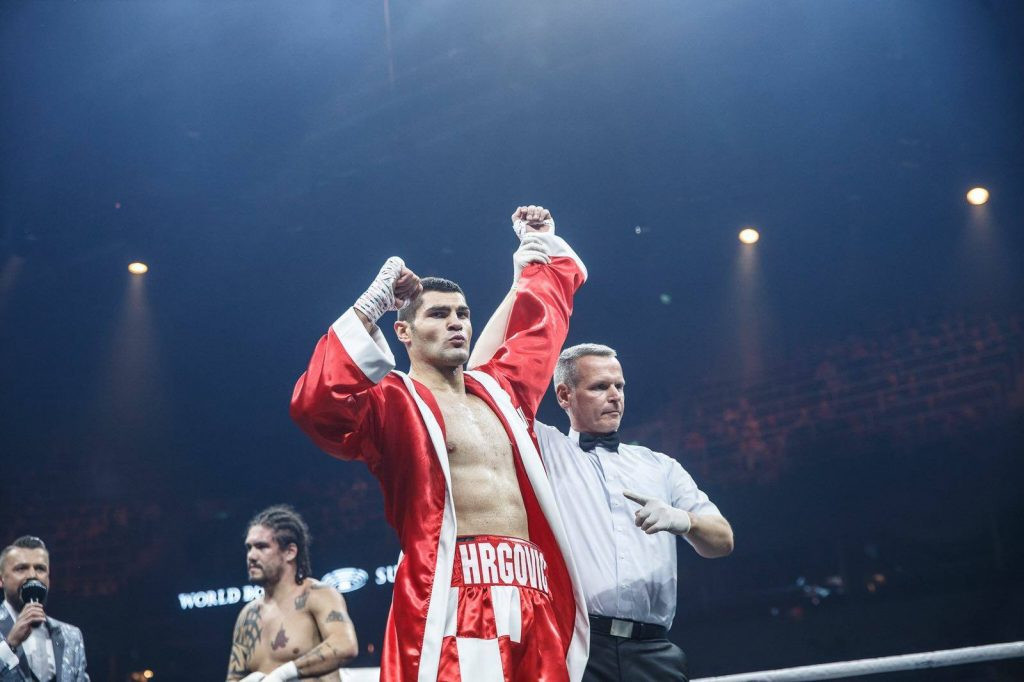
So awash is boxing with prospects currently that picking just one has proved so excruciating that I floated a different idea with The Sweet Science’s fearless editor.
“What about selecting a prospect from each division?”
“Egad,” he literally replied. “I wouldn’t go that far…would be a good story though. But for now we need to recognize just one fighter for historical continuity.”
He’s right of course; the Prospect of the Year for The Sweet Science goes back a bit and it’s an honor to pitch in. As for that divisional breakdown? I’ll have 17 nominees for you in January. Watch this space.
As for today, I offer you the 6’6 Croatian, “el Animal”, 7-0, 233lbs, 26-year-old, Filip Hrgovic.
This is something of a controversial pick, I think. I don’t lean towards potentiality in heavyweights as a rule. They’re slower, generally less organized, less compact and a questionable chin is a fiercer impediment to a heavyweight of class than the equivalent in any other division. In short, the heavyweight division is a place of hammers and anvils, and if you are shy the latter, journeymen will find you out.
I’m wary, too, of relying upon a fighter’s amateur achievements to protect them from professional doubts. Too many times Audley Harrison; too many times David Price. Hrgovic drew the eye in 2010 though, beating up Tony Yoka and Joseph Parker on his way to winning the World Youth Championships. Times have changed too in that the World Series of Boxing offers an amateur/professional crossover, a nursery for the paid ranks and one in which Hrgovic excelled.
That is the past, however. What of the future?
Trainer Pedro Diaz is clear: “Filip is ready for a title fight,” he offered in the build up to his last fight with Kevin “Kingpin” Johnson, “right now. You can all see it.”
Diaz, a late 2018 addition to the Hrgovic camp, is an inspired choice. An eastern European and a tall one, Hrgovic is already being tarred with the “robotic” brush unearned by Vitali Klitschko and questionable even in relation to Wladimir Klitschko, but his fluidity is limited to the jab right-hand. Diaz, a veteran of the Cuban amateur system who has worked with the likes of Miguel Cotto, Guillermo Rigondeaux and the legendary Felix Savon, is the right man to de-program any mechanical tendencies in a charge young and hungry enough to learn. Hrgovic will never be Eusebio Pedroza but already he punches to the body more smoothly than was the case a year ago.
Promoter Nisse Sauerland, too, thinks that Filip is in for “a big 2019.” Croatia Week after discussions with the heavyweight prospect claim that a title fight is possible as early as next year.
That seems ridiculous for two reasons, which I’ll get to momentarily, but first, what does the man himself say about it?
“I go really, really fast,” he told press in his vastly improved English this December. “They put me in the fast track.” A smile, then: “I enjoy it.”
“In 2019,” he adds, “I am coming for all the belts.”
In 2018, Hrgovic ran 5-0 and there was a discernible step up in his two most recent contests. First he met Amir Mansour, the New Jersey fringe contender who had lost just twice, once on a freak cut (Mansour bit his tongue while beating up Dominic Breazeale and could not continue due to breathing difficulties) and once in being out-pointed by the skilled Steve Cunningham over ten rounds. Hrgovic stopped him in less than nine minutes. As I wrote at the time covering that fight “Hrgovic looked nothing less than a natural fighter and a special one. He cracked an elite jaw and solved a singular puzzle with no more effort than if he had been sparring a straight-backed amateur.”
Next up was Johnson, and again Hrgovic impressed but this time he did not dazzle. Variety is not a strong point and Diaz will know now that his man needs work on his left hook and serious work on his feinting, which is almost non-existent.
Hrgovic likes one plane of attack, one-two, at distance. This combination is highly evolved, however. He goes up and down, he has a short cross, a wild looking overhand right in the style of Deontay Wilder and a straight right-hand down the pipe behind that busy jab. People have derided this final punch as “slow”. This is not entirely accurate and while his hand speed is not dizzying, his mechanics are excellent and therefore the right hand is heading in as near behind the jab as is technically possible. This is important because it barracks his greatest asset: his accuracy.
Hrgovic is already wasting very little. Johnson is no longer the fighter that extended Vitali Klitschko the full distance back in 2009 but equally, Hrgovic was clearly landing at a higher rate than the deadly Vitali. Hrgovic hardly missed Johnson with a serious punch. The fighters who were his equal in this attribute after seven professional fights who are currently active are also both on the pound-for-pound list.
Stylistically, he’s going to struggle with someone really good at closing the distance to mid-range, say a Luis Ortiz type, and he is fortunate that modern interpretation of the rules has all but eliminated the great in-fighter, but anyone who remains at his preferred range, outside, is going to be in for a tough night. The very best would be able to outbox him though, and the very best are in possession of the titles and the top contender spots.
This is the big problem with Hrgovic’s “I’m coming for all the belts” statement. His ambition is to be admired and by December 2019 he could be 10-0 and ranked among the ten best heavyweights on the planet; indeed, he has already started to pop up on some of the less reputable ABC rankings. But however many times he fights next year the heavyweight timeline for 2019 basically looks like Wilder-Fury II and Joshua against the winner of Whyte-Chisora in the first part of the year, with the winners from those fights squaring off in London around November.
Whatever kind of 2019 Hrgovic has, he’s beginning it behind both Oleksandr Usyk and Jarrell Miller and, when the dust settles, is likely to remain so given the way Eddie Hearn continues to corner the market.
So a title shot in 2019 is not just premature physically – Hrgovic needs to work on the left hand, defense and feinting as well as stamina, never having gone past the eighth – but politically. March 2020 is the earliest he could hope to visit a title ring and even then probably only if Wilder emerges on top of the pile.
What Hrgovic should be gunning for by the end of 2019 is the loser of Chisora-Whyte, perhaps on a London undercard. If he prefers the United States, his eventual target should be Jarrell Miller and that would be obtainable come the end of next year.
The main reason I make Hrgovic the one to watch however, is that in 2019 we are going to find out about him. It might not be “his year”, it really might not be, but, it will be the year we find out if he can take a punch.
If he has the heart to carry him to the top.
If he’s real.
And that’s a prospect I’m rather looking forward to.
Check out more boxing news on video at The Boxing Channel
To comment on this story in the Fight Forum, CLICK HERE
-

 Book Review4 weeks ago
Book Review4 weeks agoMark Kriegel’s New Book About Mike Tyson is a Must-Read
-

 Featured Articles2 weeks ago
Featured Articles2 weeks agoThe Hauser Report: Debunking Two Myths and Other Notes
-
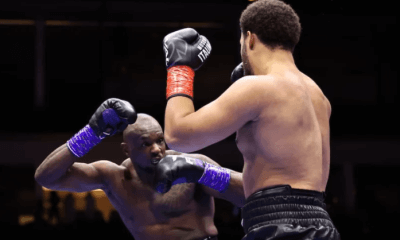
 Featured Articles3 weeks ago
Featured Articles3 weeks agoMoses Itauma Continues his Rapid Rise; Steamrolls Dillian Whyte in Riyadh
-

 Featured Articles3 weeks ago
Featured Articles3 weeks agoNikita Tszyu and Australia’s Short-Lived Boxing Renaissance
-
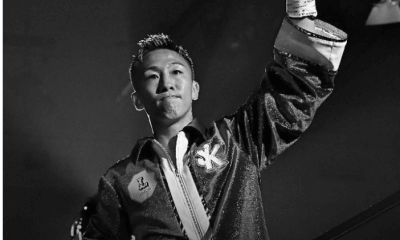
 Featured Articles4 weeks ago
Featured Articles4 weeks agoKotari and Urakawa – Two Fatalities on the Same Card in Japan: Boxing’s Darkest Day
-
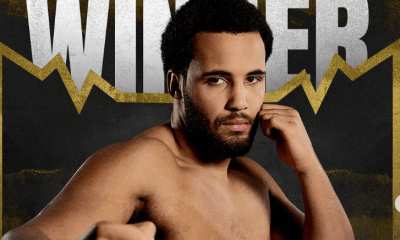
 Featured Articles3 weeks ago
Featured Articles3 weeks agoIs Moses Itauma the Next Mike Tyson?
-
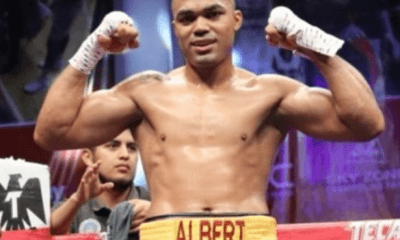
 Featured Articles4 weeks ago
Featured Articles4 weeks agoRamirez and Cuello Score KOs in Libya; Fonseca Upsets Oumiha
-
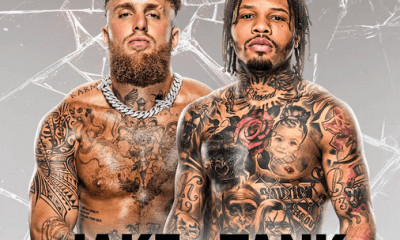
 Featured Articles2 weeks ago
Featured Articles2 weeks agoBoxing Odds and Ends: Paul vs ‘Tank,’ Big Trouble for Marselles Brown and More


